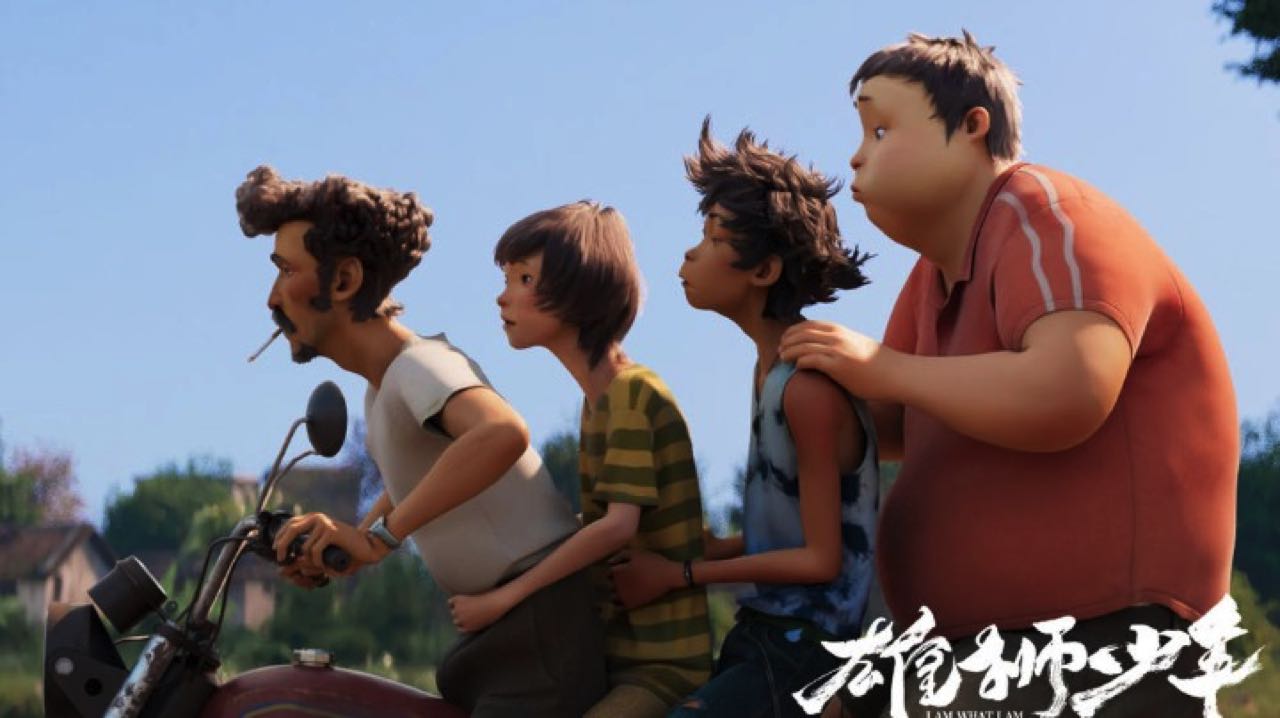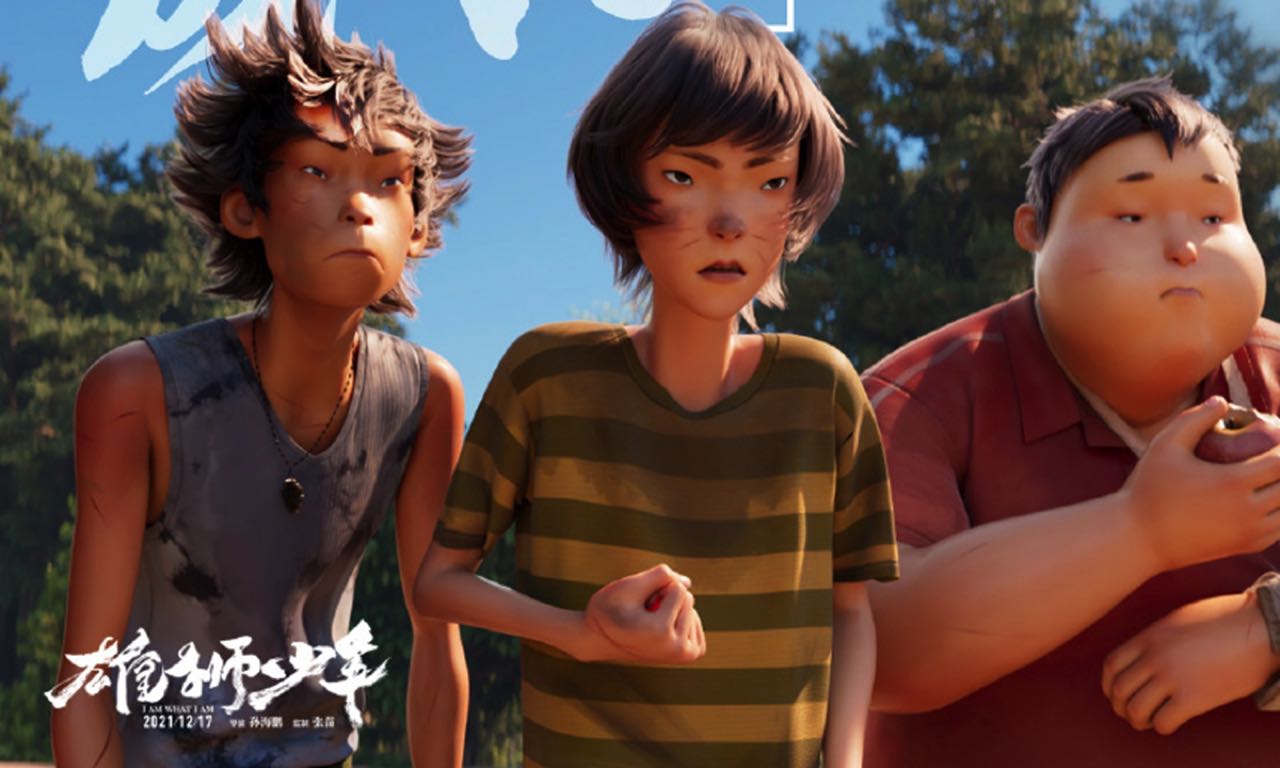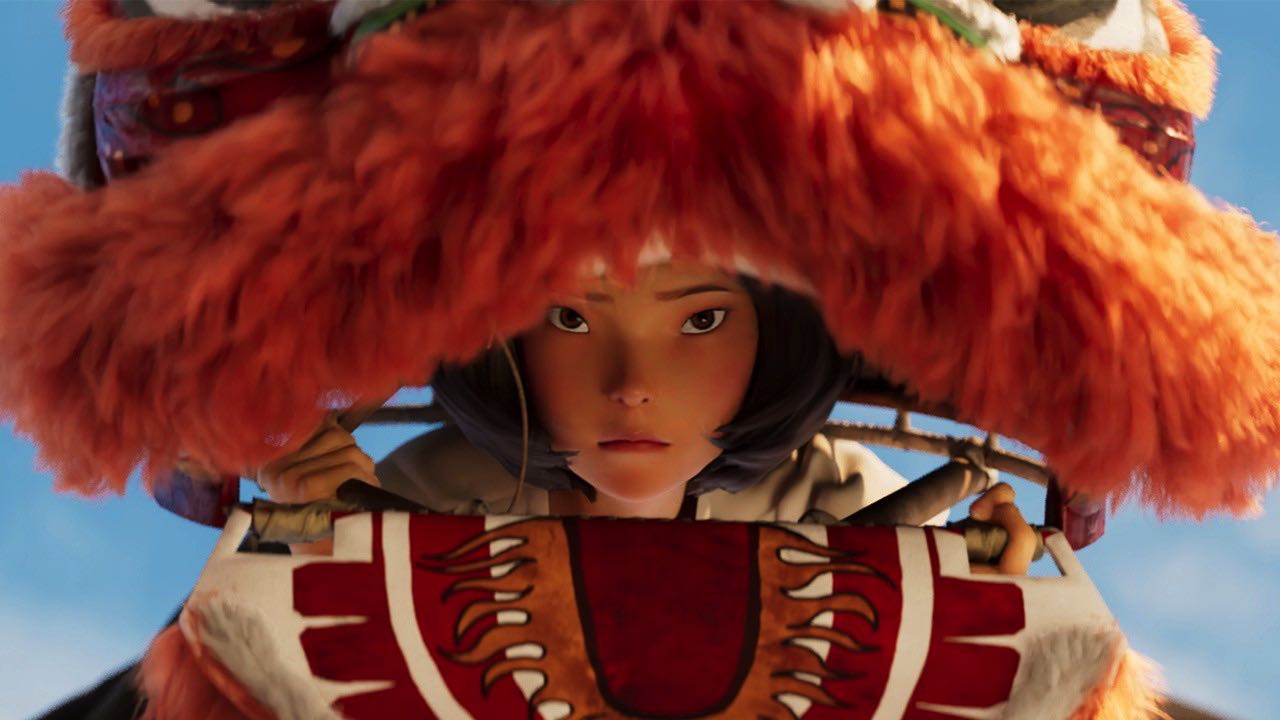by Brian Hioe
語言:
English
Photo courtesy of Beijing Cheering Times Culture & Entertainment
This is a No Man is an Island film review written in collaboration with Cinema Escapist as part of coverage of the 2022 Neuchâtel International Fantastic Film Festival. Keep an eye out for more!
CHINESE CGI animated film I Am What I Am is not perfect, but makes up for many of its shortcomings with its inventiveness. Still, the results prove mixed.
The film follows Ah-juan and two friends of his, all working-class youths, who decide to take up lion dancing in the hopes of entering a competition in Guangzhou. Ah-juan is inspired to participate after a chance meeting with the prior female champion of the contest, and joins the competition in pursuit of her.
As a band of outsiders, Ah-juan and his friends seek mentorship from former champion lion dancer Qiang. Though Qiang has since given up his dreams of lion dance in order to work as a salted fish salesman and live a stable life with his wife, he eventually comes around to the group, and begins to train them in lion dance.

Photo courtesy of Beijing Cheering Times Culture & Entertainment
The dreams of “Team Salted Fish”, however, are unexpectedly disrupted when Ah-juan’s father is hospitalized after an accident. As a result, Ah-juan finds himself having to give up his lion dance dreams to become the breadwinner of his family. But in the meantime, “Team Salted Fish ” continues, training for the championship even as Ah-juan’s participation remains unclear.
I Am What I Am attracted some controversy after the slanted design of its characters’ eyes was criticized for perceived racism. Though racism was probably not the film’s intention, I Am What I Am’s character artwork does leave much to be desired. Some of the characters aren’t sufficiently distinctive, to the point that viewers might perceive that the same minor character recurs in different scenes.
At the same time, I Am What I Am’s artwork can be impressive with regard to lion dance movements, and urban backdrops. Here, for the sake of the plot, lion dance is recast as a martial art-like combat form. While this allows for many creative scenes, as well as skillfully animated character movements, one does question whether this gets too far from the essentials of lion dance–an art in and of itself that does not need dramatization.
Unfortunately, the film’s characters are mostly cut-outs—which undermines its desire to highlight the harsh socioeconomic realities of working-class Chinese youths. This is most visible in the story when Ah-juan moves to Guangzhou to support his family as a migrant worker and when, partway through the story, he considers a move to Shanghai for higher wages. Unfortunately, beyond that he is a working-class youth with dreams of winning glory through lion dance, Ah-juan or his friends do not have very many distinguishing characteristics. Ah-juan’s love interest, the female lion dance champion who happens to share the same given name as him, proves the least developed character of all; her presence in the plot strikes as tacked on.
It also proves unusual how Qiang, to some extent, takes over the narrative after his introduction. As it were, Qiang is a more compelling character than the three protagonists, as someone who sacrificed lion dance for family life. But the plot element of Qiang gradually warming up to Ah-juan and his friends because of their earnestness, and agreeing to train them, is cliche. Eventually it becomes clear that Qiang has a strong role in the narrative because he is a parallel character to Ah-juan, in that he can be seen as an older version of Ah-juan.

Photo courtesy of Beijing Cheering Times Culture & Entertainment
Ultimately, the film’s conclusion is not terribly original and, again, it mostly accords with genre tropes. Other distracting elements in the movie are the intrusion of too many strange musical interludes, which facilitate plot transitions. Flashbacks to Ah-juan’s childhood, aimed at fleshing out his love of the lion dance, also do very little.
I Am What I Am’s primary merit might simply come from the fact that it’s an animation; a live-action film about the same topic matter would likely be placid and underwhelming. Still, the movie is praiseworthy for its creativity, and its ambition to tell a story of working-class young people–even if it does not manage to create a particularly creative or memorable plot.



